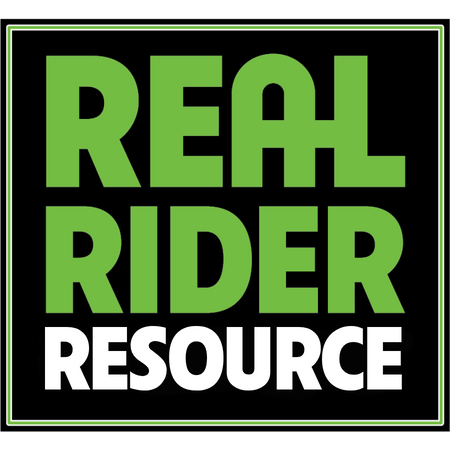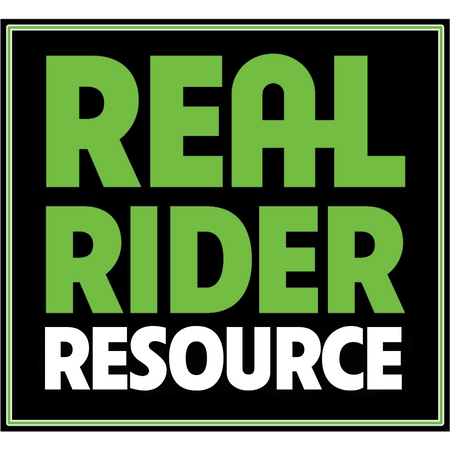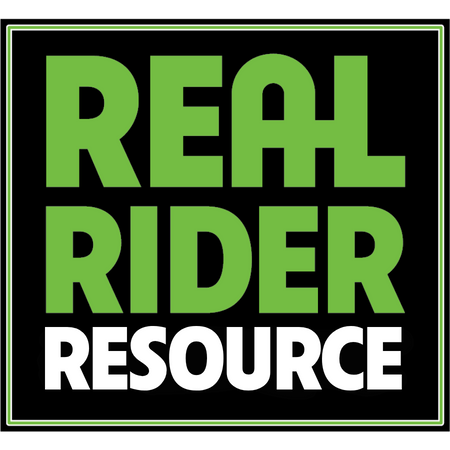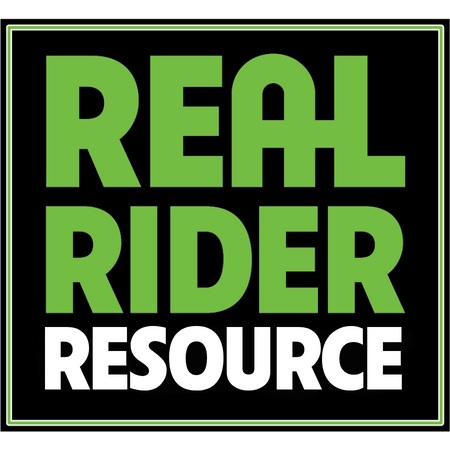Osteochondritis Dissecans (OCD) in Horses: Causes, Signs, Diagnosis & Treatment
OCD is a developmental joint problem. Catch it early—before that “puffy” joint turns into a performance-limiting injury.
Causes & Risk Factors
- Rapid growth/over-nutrition—caloric surges outpacing cartilage maturation
- Mineral imbalances—inadequate copper/zinc; Ca:P mistakes
- Genetics—familial predisposition in some lines
- Trauma/repetitive load—intense work on immature joints; footing issues
Steady Wins Aim for balanced rations and steady growth—avoid growth spikes in youngsters.
Early Signs Riders Notice
- Mild, sometimes intermittent effusion (joint “puffiness”)
- Heat and reduced range of motion after work
- On-off lameness—often improves with rest, returns with effort
- Shortened stride or reluctance in tight turns/jumps
Diagnosis & Imaging
- Veterinary exam with flexion tests and gait evaluation
- Radiographs to confirm lesions/fragments; ultrasound for synovium/soft tissue
- Advanced imaging or diagnostic arthroscopy for surgical planning
Treatment Options
Conservative Management
- Rest, controlled exercise, and weight management
- Hoof balance and footing improvements
- Veterinary-directed anti-inflammatory strategies as appropriate
Surgical Management
- Arthroscopic fragment removal/curettage in suitable cases
- Post-op stall rest → hand-walk → graded return per surgeon’s plan
Performance Note For many athletes, surgery offers the best chance to return to full work. Discuss goals and timelines with your vet/surgeon.
Rehabilitation & Barn Routine
Daily Plan
- Clean, dry stall; pick and wash high-touch areas with SuperClean™
- Straight-line hand-walking, then tack-walking as cleared
- Monitor joints daily for heat/effusion; record notes/photos
- Reduce insect irritation with Citraquin® (see collection)
Comfort & Coat Care
- Groom with the ShowBarn Secret® collection to keep skin healthy and watch for asymmetries
- After exercise/therapy: consider CryoSpray for quick cooling, MasterMudd™ to relax soft tissue, and liniments on clean, intact skin
Prevention & Long-Term Care
- Balanced nutrition and minerals; steady growth in youngsters
- Maintain appropriate body condition to reduce joint stress
- Progressive conditioning and consistent, forgiving footing
- Regular farrier and veterinary check-ins for developing horses
Cross-Reference See your weight-management and metabolic-health resources for body-condition and diet frameworks that support joint longevity.
Product Tie-Ins (Safe Use)
Targeted vs. Broad Coverage
- Draw It Out® Gel — thin, stay-put layers around sore joints (on clean, intact skin)
- Concentrate — for generalized stiffness over broader areas post-exercise
- CryoSpray — rapid cooling option after work (no link included; keep URLs 100% live)
- MasterMudd™ — massage-in to encourage circulation and relaxation
Topicals support comfort; they do not treat OCD lesions. Always follow your veterinarian’s plan and apply products only to clean, intact skin. Discontinue if irritation occurs and consult your vet.
Hygiene & Insect Control
- SuperClean™ — wash stalls, walls, and mats as part of rehab hygiene
- Citraquin® 32oz — layered defense against flies/gnats around recovering joints
- ShowBarn Secret® — gentle shampoos/conditioners to keep coat and skin healthy while you monitor joint contours
OCD — FAQ
Which joints are most commonly affected?
Fetlocks, hocks, and stifles are typical OCD sites, but any high-motion joint can be involved.
Can a horse with OCD return to full work?
Many do—especially after arthroscopic removal of fragments and a disciplined rehab. Prognosis varies with lesion size, location, and time to treatment.
Are supplements enough to prevent OCD?
Supplements help when they close mineral gaps, but prevention hinges on balanced total diet, steady growth, hoof/footing management, and avoiding overwork in immature horses.
Educational note: This guide is informational and not a substitute for veterinary diagnosis or treatment. Always follow your veterinarian’s advice for imaging, surgery/medical plans, and return-to-work timelines.










